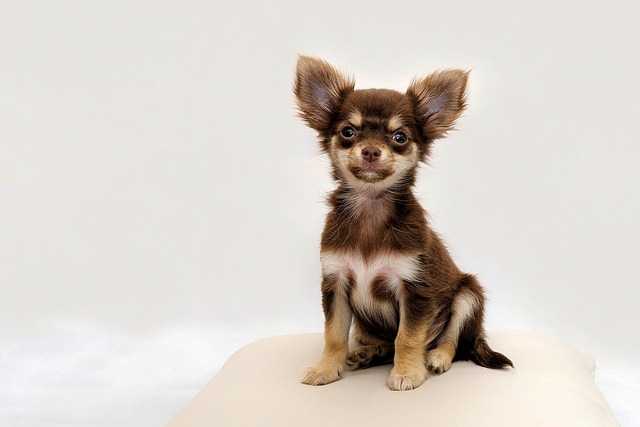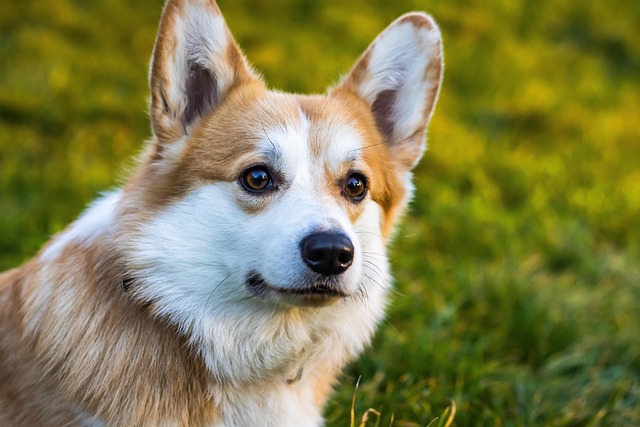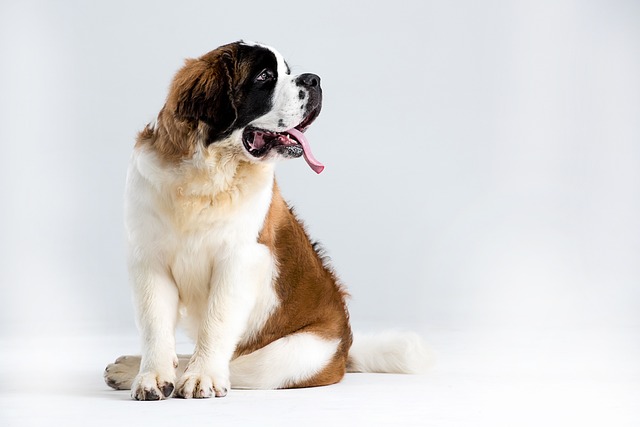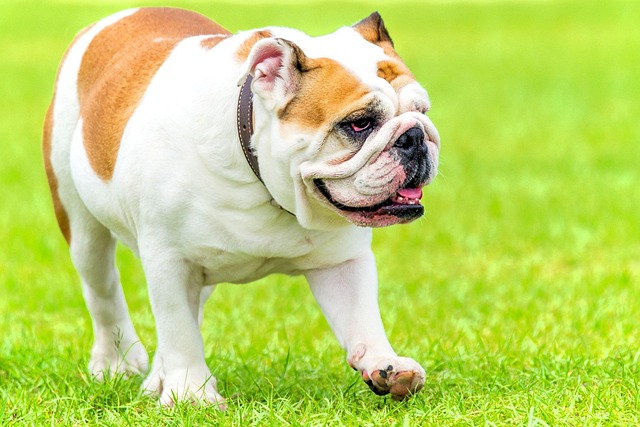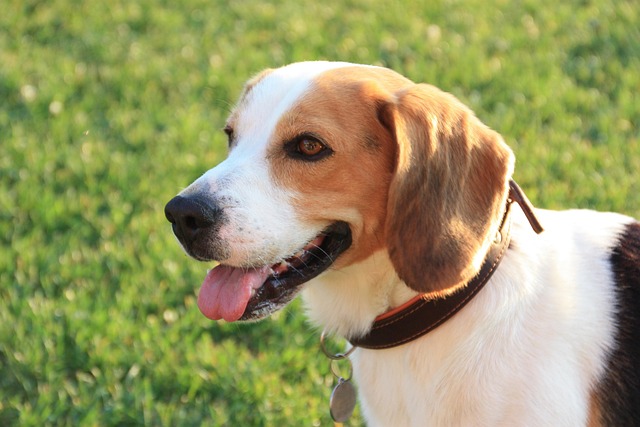When dogs show aggressive behavior at home, it not only worries the owner, but also threatens the safety of family and neighbors. To solve this problem, targeted training at home is a feasible and effective way. The following will explore in depth how to conduct dog aggression training at home scientifically and tenderly.
When your dog suddenly shows its fangs, growls, or shows aggressive tendencies when facing a specific object, there are often complex reasons behind it. Fear, strong territorial awareness, lack of socialization training, pain and discomfort, etc. may all become triggers for dog aggression. Just like humans take a defensive posture when they feel uneasy, the dog's aggressive behavior is actually a signal to the outside world that "I am uneasy" and "this is my territory". For example, some dogs will show aggression when they see strangers of the same kind after experiencing the trauma of being chased by other animals; and some dogs with a strong sense of territory will bark and even try to bite as long as strangers approach the door.
When facing the dog's aggression, the owner should first stay calm and patient. Dogs are extremely sensitive to human emotional changes. The anxiety and tension of their owners are likely to increase their anxiety, making their aggressive behavior more and more intense. Communicating with dogs in a calm tone and stable body language is the first step to successful training. At this time, we need to understand and tolerate the dog as a child who is asking us for help, rather than a "mistaken person" who needs severe punishment.
When training dogs at home to overcome their aggression, gradual socialization training is the top priority. Start by letting the dog contact familiar family members, and gradually introduce strangers of different ages, genders, and clothing. Initially, let these "new friends" appear at a distance to give the dog enough sense of security. When the dog shows calmness, give it delicious snacks and gentle touches in time to let it understand that friendly coexistence will bring a pleasant experience. As the training progresses, gradually shorten the distance between people and dogs, but once the dog shows signs of nervousness, growling, etc., pause immediately and return to the distance where it feels safe to start again. This process may be repeated, but every persistence is to help the dog break the inner barrier of fear.
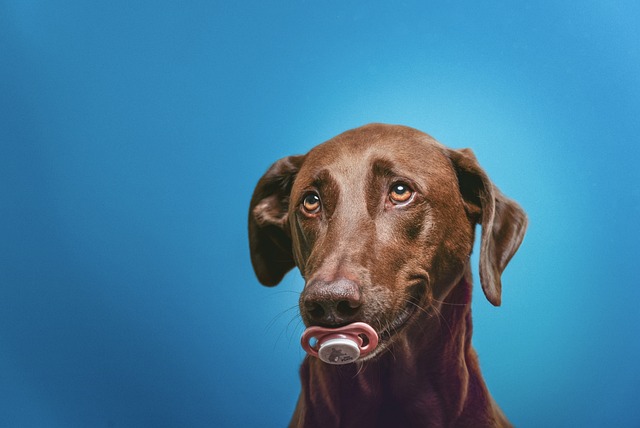 For aggressive behavior caused by territorial awareness, the owner should clarify his dominant position at home. When entering or leaving the house, the owner should go first, so that the dog knows that it is not the absolute "ruler" of the territory. When a visitor arrives, control the dog with a leash in advance to prevent it from rushing to the door and attacking. After the dog calms down, let the visitor in slowly. At the same time, the owner should pay close attention to the dog's reaction. Once there is a tendency to attack, stop it with a firm but gentle tone, and take the dog away from the scene to calm down for a moment, and then try again.
For aggressive behavior caused by territorial awareness, the owner should clarify his dominant position at home. When entering or leaving the house, the owner should go first, so that the dog knows that it is not the absolute "ruler" of the territory. When a visitor arrives, control the dog with a leash in advance to prevent it from rushing to the door and attacking. After the dog calms down, let the visitor in slowly. At the same time, the owner should pay close attention to the dog's reaction. Once there is a tendency to attack, stop it with a firm but gentle tone, and take the dog away from the scene to calm down for a moment, and then try again.
In the training process, the role of positive reinforcement cannot be ignored. Every progress of the dog, even if it is just a small change, such as from continuous barking to a short silence, is worth the owner's generous reward. These rewards can be the dog's favorite snacks, or enthusiastic praise and hugs. Let the dog feel love and encouragement during training, which can motivate it to change more than punishment. After all, dogs are naturally eager to be recognized by their owners, and positive feedback will make them more willing to cooperate with training and gradually let go of their aggressiveness.
In addition, exercise and mental stimulation are also crucial to improving the dog's aggressive behavior. Dogs with excess energy are more likely to become irritable, which in turn leads to aggressive behavior. Ensure sufficient exercise every day, such as taking the dog for a walk or playing, which can not only consume its excess physical energy, but also allow it to release stress in the interaction with the owner. At the same time, provide educational toys, such as leaky food balls and puzzle toys, so that the dog can use its brain while playing and meet its spiritual needs. When the dog's body and brain are in a full state, it will not have the energy to have the idea of attacking.
Dog aggression training is not achieved overnight. It is a protracted battle that requires the owner to devote time, energy and love. In this process, it is inevitable to encounter setbacks and difficulties, but as long as we always maintain our love and patience for the dog and guide it with scientific methods, we will eventually usher in the day when the dog will let down its guard and treat it gently. Watching the once aggressive dog gradually become a little angel that everyone loves, all the efforts will turn into the sweetest reward.
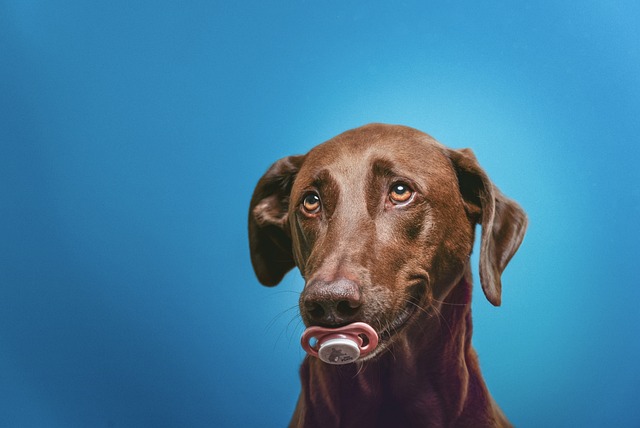
 For aggressive behavior caused by territorial awareness, the owner should clarify his dominant position at home. When entering or leaving the house, the owner should go first, so that the dog knows that it is not the absolute "ruler" of the territory. When a visitor arrives, control the dog with a leash in advance to prevent it from rushing to the door and attacking. After the dog calms down, let the visitor in slowly. At the same time, the owner should pay close attention to the dog's reaction. Once there is a tendency to attack, stop it with a firm but gentle tone, and take the dog away from the scene to calm down for a moment, and then try again.
For aggressive behavior caused by territorial awareness, the owner should clarify his dominant position at home. When entering or leaving the house, the owner should go first, so that the dog knows that it is not the absolute "ruler" of the territory. When a visitor arrives, control the dog with a leash in advance to prevent it from rushing to the door and attacking. After the dog calms down, let the visitor in slowly. At the same time, the owner should pay close attention to the dog's reaction. Once there is a tendency to attack, stop it with a firm but gentle tone, and take the dog away from the scene to calm down for a moment, and then try again.